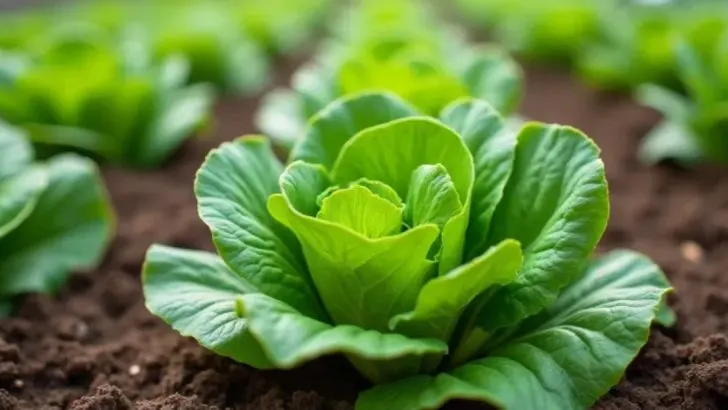Floppy lettuce? Not on my watch. Those sad, droopy leaves belong in the compost bin. This is romaine territory. We want towering, crunchy columns that snap like celery with every bite. Symphony of light on each frilly edge. No more puny hearts hiding under leaves. We’re aiming for lush towers that dominate the salad bowl. Wake up the soil. Whisper to your seeds. Let them feel the morning sun grazing their first leaves. Feed them water deep enough to make roots shout. Shield them from late frosts with floating covers. Train those leaves with gentle pinches. Hunt slugs like a nighttime ninja under the stars. From pH puzzles to crowd control, we’re talking 16 game-changing moves. They dodge bitter surprises. They scare off wilting. They pack your bowls with crisp green skyscrapers. Ready for a lettuce revolution? Grab your spade. Scroll down for the secrets to dinner-plate giants. Your next salad starts here.
Choose the Right Location
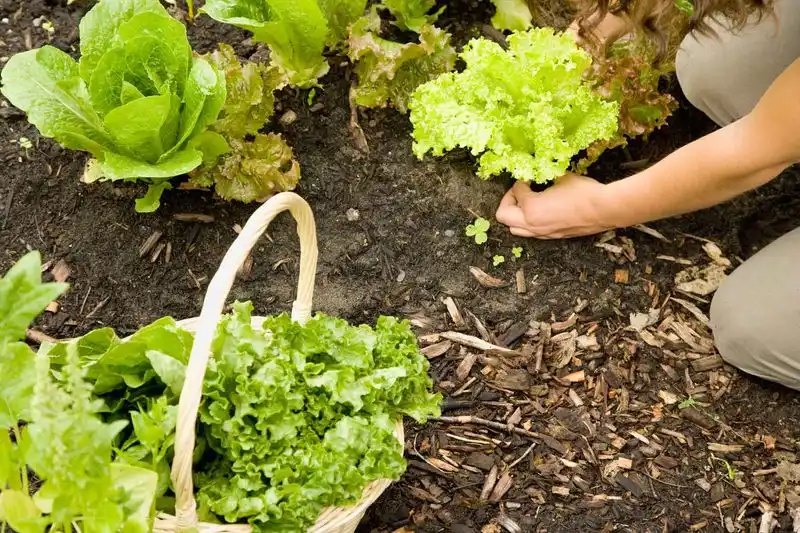
Selecting the ideal spot for your romaine lettuce is crucial. Make sure the area receives at least six hours of sunlight daily. This ensures the lettuce grows robust and healthy. The soil should be well-draining to avoid waterlogging, which can lead to root rot. A raised bed or container can help manage drainage effectively. Planting near tall plants or structures may cast unwanted shade, so keep your lettuce in the sunniest part of your garden. By choosing the right location, you’ll give your lettuce the best start.
Soil Preparation
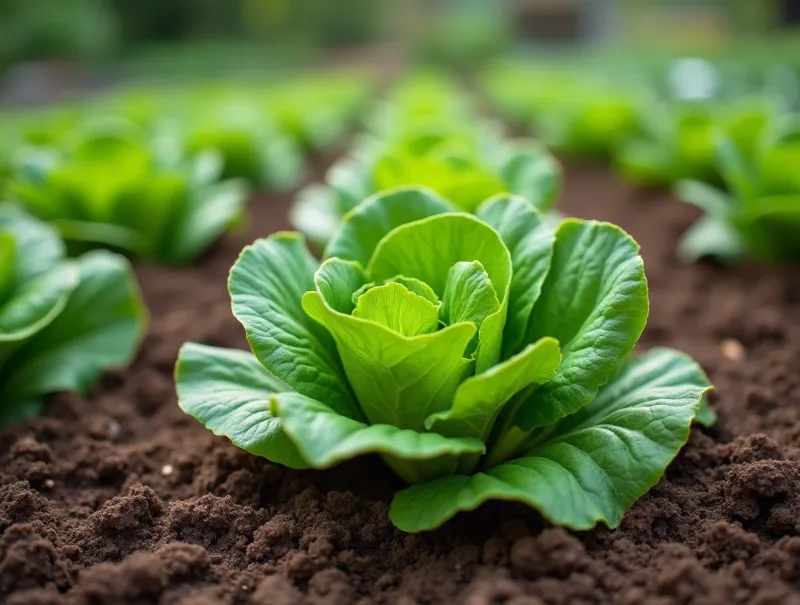
Healthy soil is the foundation for any thriving plant. Enrich your garden bed with compost and organic matter before sowing romaine seeds. This boosts soil fertility and improves texture, encouraging strong root development. Test the soil pH, aiming for a slightly acidic to neutral range (6.0-7.0), which is ideal for lettuce. If needed, amend the soil to achieve the right balance. Breaking up any clumps will facilitate better drainage and root penetration. Proper soil preparation sets the stage for crisp, tall lettuce heads.
Watering Routine
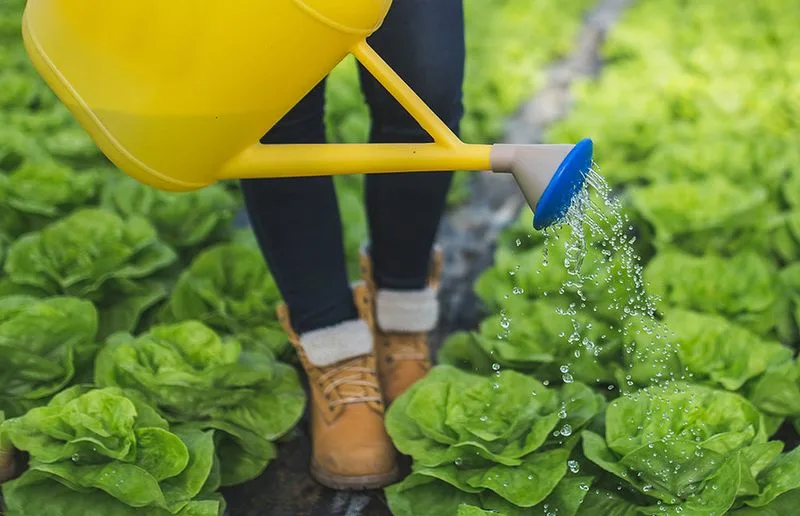
Consistent watering is key to growing crisp romaine lettuce. Water the plants deeply at least once a week, adjusting for rainfall. Early morning is the best time, allowing the leaves to dry and prevent diseases. Mulching can help retain moisture and keep the roots cool during hot days. Overwatering can lead to soggy soil and nutrient leaching. Ensure the soil remains moist but not waterlogged. By establishing a regular watering routine, you’ll cultivate healthy, vibrant lettuce.
Fertilization Techniques
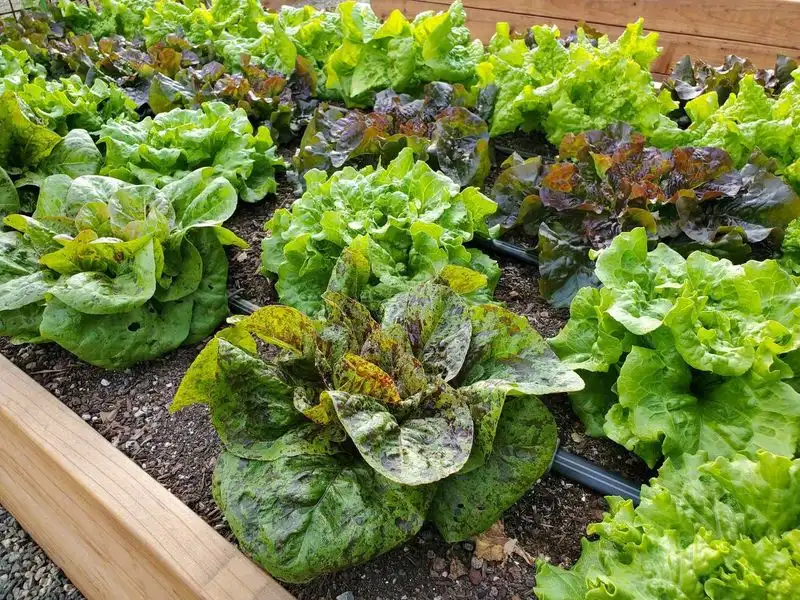
Boost your romaine lettuce with the right nutrients. Fertilize using a balanced, slow-release formula at planting and again mid-growth. This supports steady development without overwhelming the plants. Consider organic options like fish emulsion or seaweed extract for a natural approach. Over-fertilizing can lead to lush foliage with little head formation. Monitor the plants and adjust accordingly. Applying fertilizer correctly ensures your lettuce grows tall and flavorful.
Proper Spacing
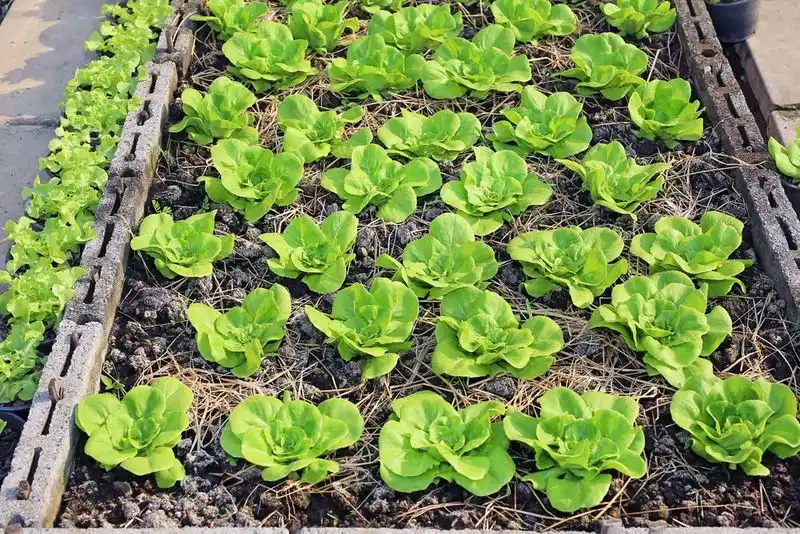
Spacing can make or break your lettuce crop. Allow at least 12 inches between plants to provide enough room for air circulation and growth. This prevents overcrowding, which can lead to disease and stunted plants. Proper spacing also makes harvesting easier and reduces competition for nutrients. Visualize the mature size of your lettuce to maintain consistent spacing. By planning your garden layout carefully, you’ll encourage healthier growth and a bountiful harvest.
Pest Control
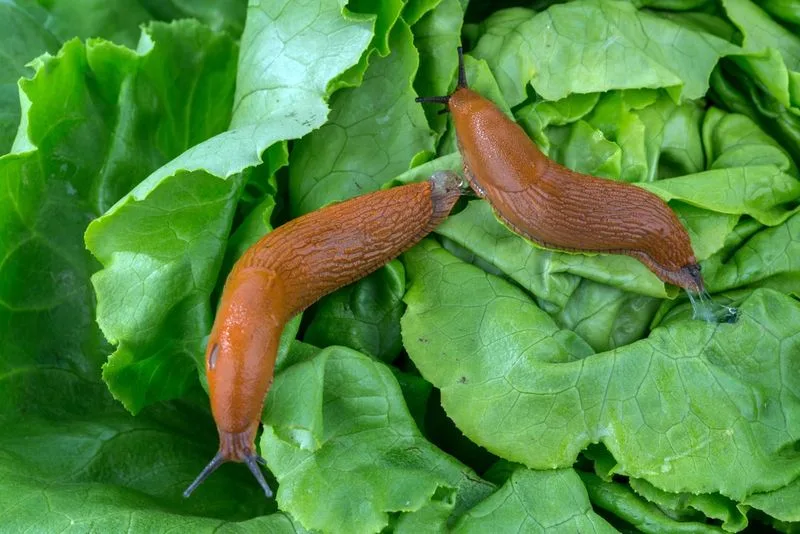
Protect your romaine lettuce from pests naturally. Regularly check for signs of aphids, slugs, and caterpillars, common culprits in gardens. Introduce beneficial insects like ladybugs to manage pest populations. Neem oil and insecticidal soap are effective organic options. Handpicking visible pests can also be part of your routine. Avoid broad-spectrum pesticides that harm beneficial garden life. With mindful pest control, your lettuce remains healthy and pest-free.
Disease Prevention
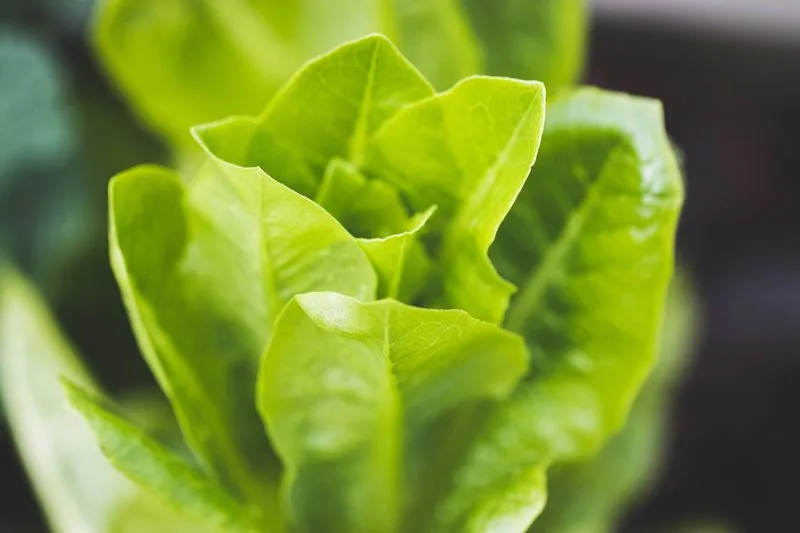
Keep diseases at bay with good garden hygiene. Rotate crops yearly to prevent soil-borne diseases. Clean tools and hands before handling plants to avoid cross-contamination. Choose disease-resistant lettuce varieties if available. Remove any affected leaves promptly to control the spread. Ensure adequate air circulation by proper spacing and pruning. By taking preventive measures, your romaine lettuce will thrive without the worry of diseases.
Temperature Management
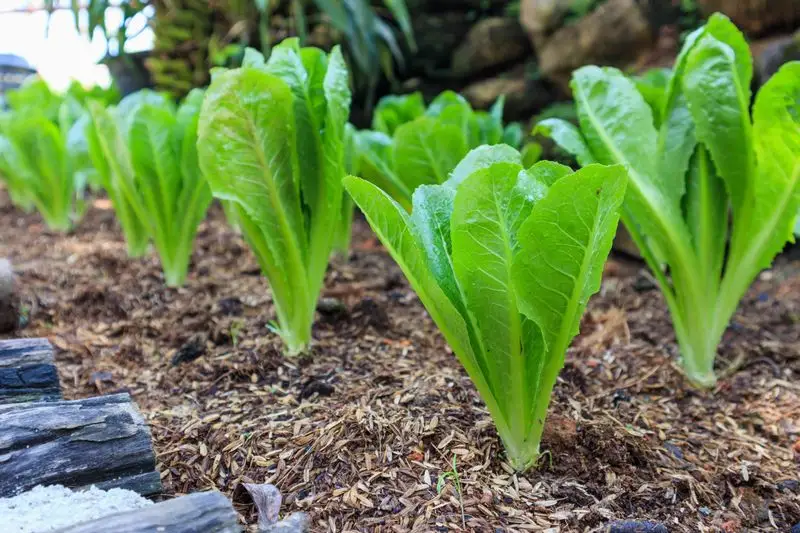
Romaine lettuce prefers cooler temperatures. Plant in early spring or late summer for the best results. Use shade cloth to protect plants from extreme heat. Monitor the weather forecast to anticipate any sudden temperature changes. If a frost is expected, cover the plants to shield them. High temperatures can cause bolting, leading to bitter leaves. By managing temperature wisely, you ensure your lettuce remains crisp and sweet.
Harvest Timing
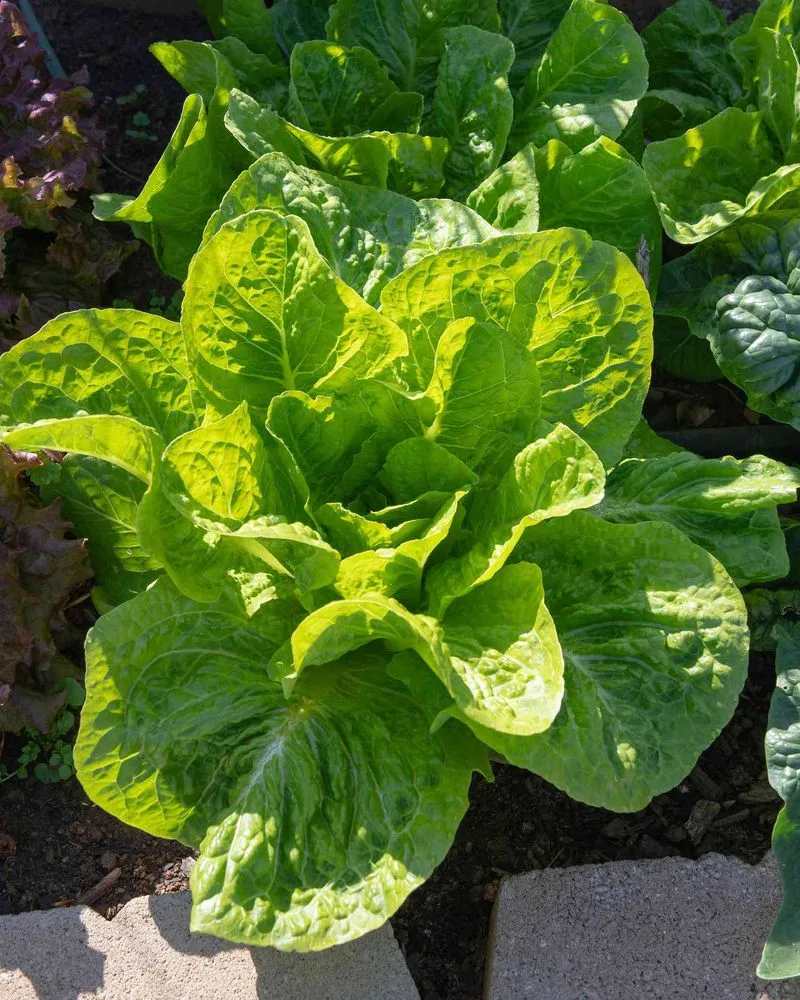
Timing your harvest is essential for the perfect romaine lettuce. Pick the heads when they’re firm and full, before they begin to bolt. Early morning is ideal for harvesting, preserving maximum moisture and flavor. Use sharp scissors or a knife to cut the lettuce at the base. Avoid pulling, which can damage the roots. If you’re uncertain, sample a leaf to check for tenderness and taste. Proper harvest timing ensures delicious, crisp lettuce for your meals.
Companion Planting
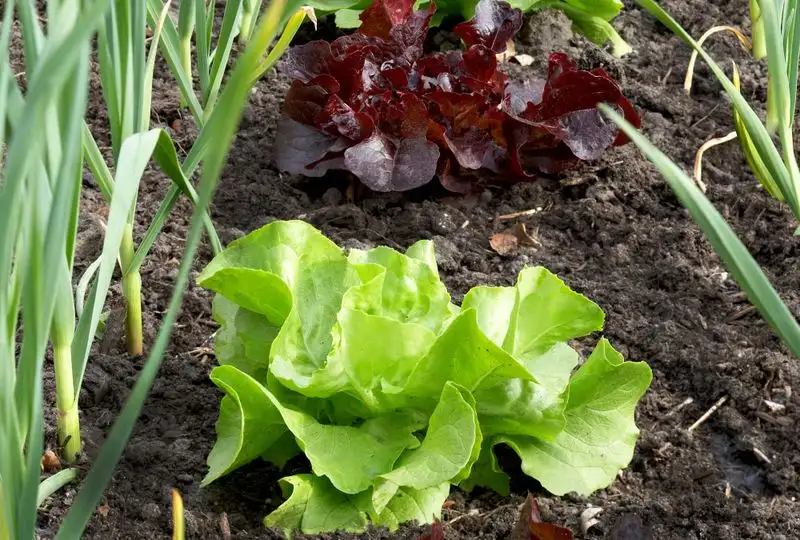
Enhance your lettuce garden with companion planting. Pair romaine with carrots, radishes, or onions to deter pests and improve growth. These plants offer mutual benefits, such as pest control and nutrient sharing. Avoid planting near crops like broccoli or kale, which compete for similar nutrients. Companion planting creates a balanced ecosystem, leading to healthier and more productive gardens. By choosing the right companions, your lettuce will flourish.
Mulching
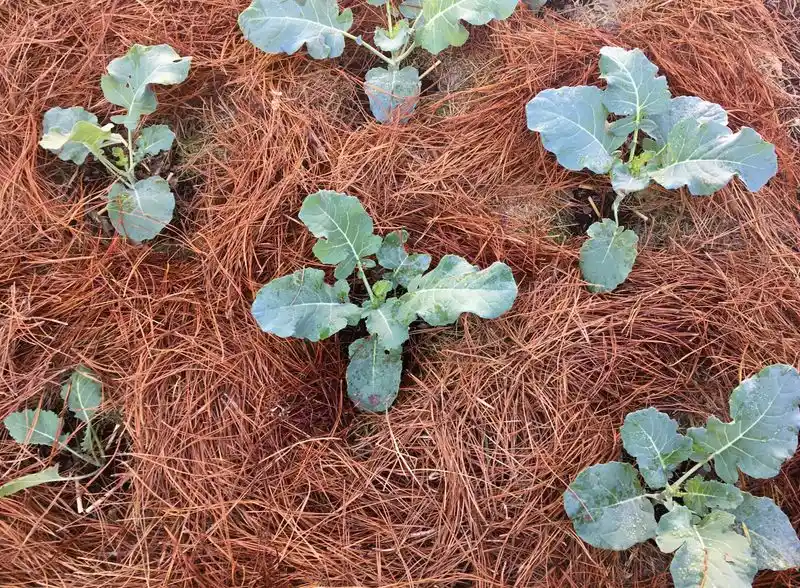
Mulching is a gardener’s best friend. Apply a layer of organic mulch around your romaine plants to retain moisture, suppress weeds, and regulate soil temperature. Use materials like straw, shredded leaves, or grass clippings. This practice also enriches the soil as it decomposes, providing additional nutrients. Regularly check the mulch’s thickness and replenish as needed. Mulching ensures your lettuce grows in optimal conditions, leading to crisp, tall heads.
Weed Control
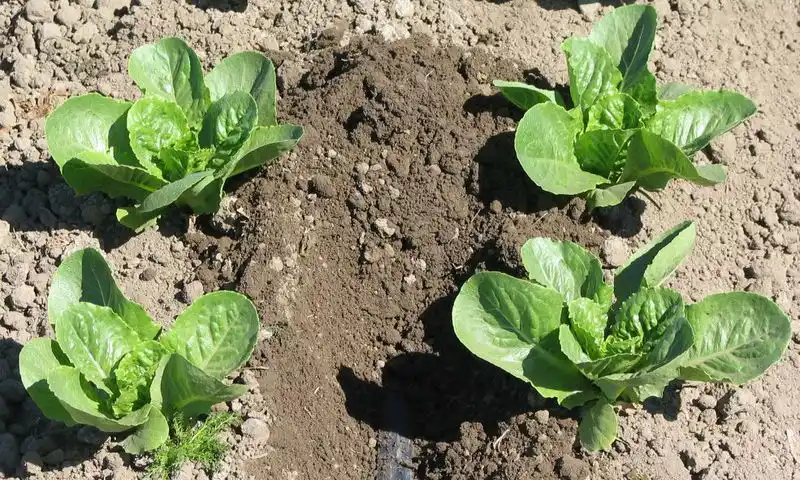
Weeds compete with your romaine lettuce for nutrients and space. Regularly inspect your garden and remove weeds promptly. Hand-pulling or using a hoe can effectively control unwanted growth. Mulching minimizes weed emergence, providing an additional layer of protection. Weed control is essential to prevent nutrient depletion and ensure your lettuce thrives. Keep the garden tidy and focused on your main crop for the best results.
Pruning and Thinning
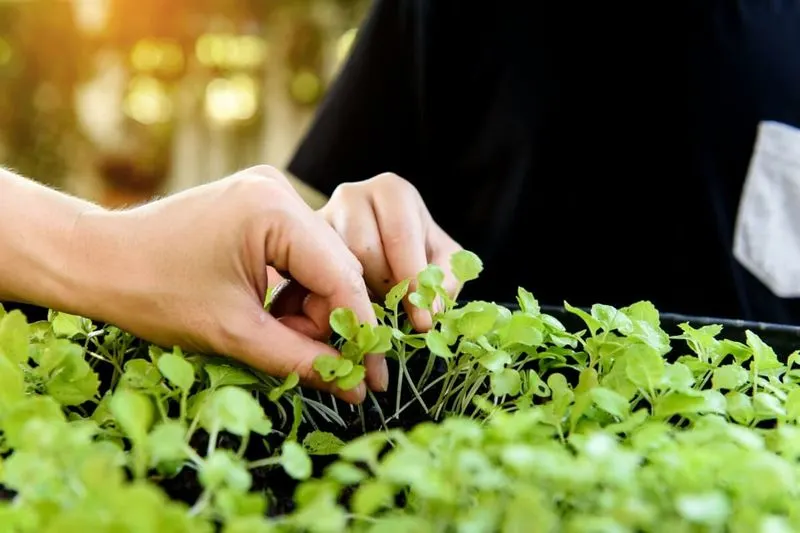
Pruning and thinning are vital for healthy lettuce. Thin seedlings early to prevent overcrowding, leaving the strongest plants to mature. Prune any damaged or yellowing leaves to maintain plant health and improve air circulation. This deters pests and diseases, promoting vigorous growth. Avoid excessive pruning, which can stress the plants. Regularly check your lettuce and adjust as needed. By giving each plant room to breathe, you’ll nurture taller, more robust lettuce heads.
Seed Selection
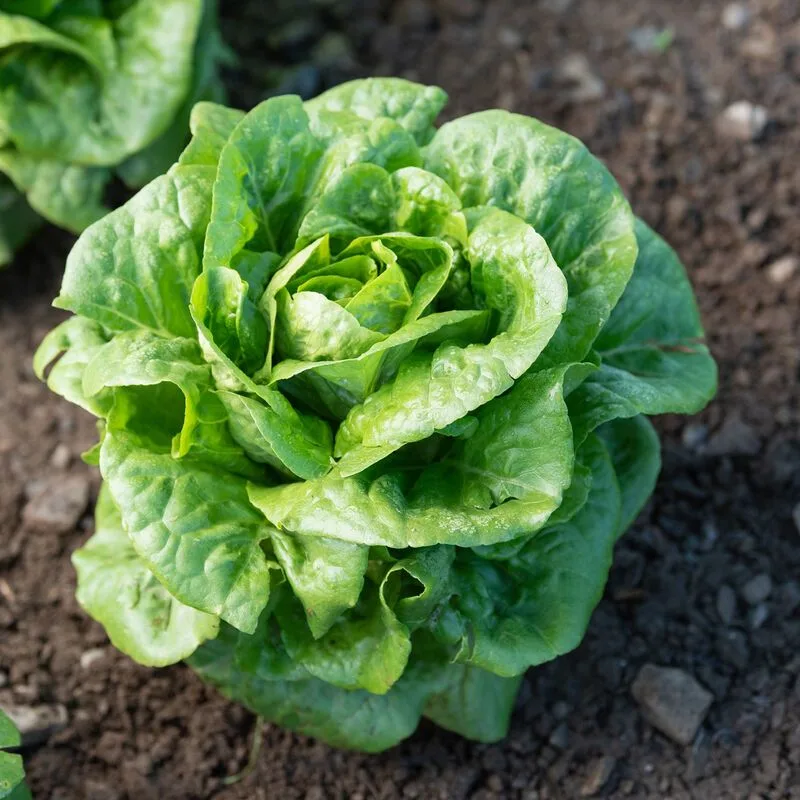
Choosing the right seeds sets the foundation for your romaine lettuce. Select varieties suited to your climate and desired harvest time. Look for disease-resistant options to minimize issues during growth. Consider heirloom varieties for unique flavors and textures. Ensure the seeds are fresh and sourced from reputable suppliers. By starting with quality seeds, you’re already on the path to a successful lettuce crop.
Garden Planning
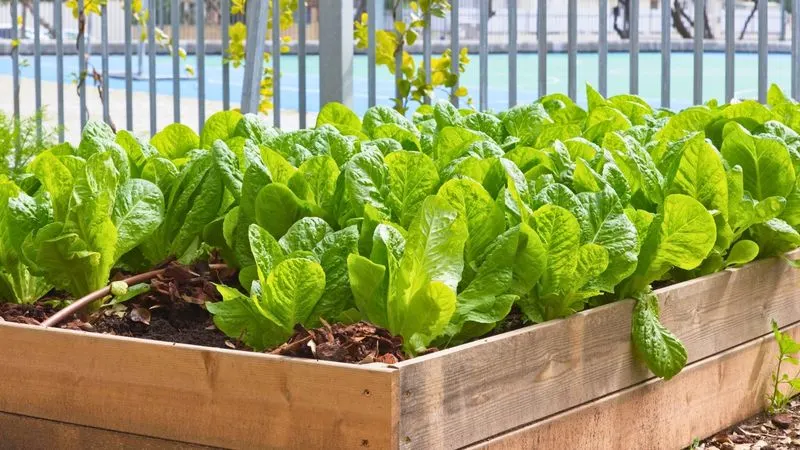
Planning your garden layout enhances productivity. Designate specific areas for romaine lettuce, considering factors like sunlight, wind protection, and accessibility. Rotate crops each season to maintain soil health and reduce disease risks. Integrate companion plants and plan for succession planting to prolong harvest. A well-thought-out garden plan maximizes space and yields, ensuring a bountiful lettuce harvest.
Organic Methods
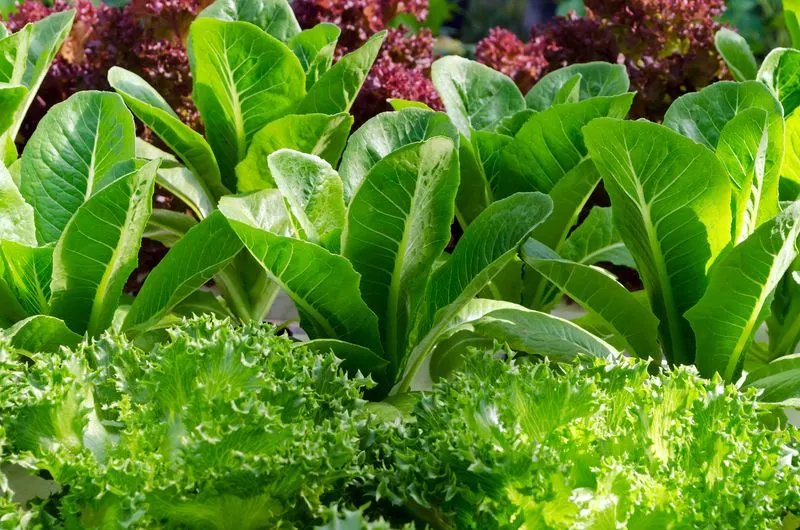
Embrace organic methods for sustainable gardening. Use natural fertilizers like compost and manure to nourish your romaine lettuce. Employ biological pest control, introducing beneficial insects to manage pests naturally. Choose organic-certified seeds for assured quality. Avoid synthetic chemicals that can harm the environment. Practicing organic gardening results in healthier produce and a thriving ecosystem.

